The process of oven curing for PTFE (Polytetrafluoroethylene) molding sheets involves several steps to ensure the material achieves its desired properties for use in various applications. Here’s a detailed overview of the steps involved.
1. Preparation of PTFE Resin
The process starts with the preparation of PTFE resin in the form of fine powder or paste. The resin is carefully measured to ensure consistency and precision. Sometimes, it is mixed with additives or fillers to enhance specific characteristics such as strength or thermal stability.
2. Compression Molding
After preparation, the PTFE resin is placed into a mold, where it undergoes a compression molding process. The material is heated, and pressure is applied to form it into the desired shape, usually in sheet form. This step helps to compact the PTFE particles and shape them before oven curing.
3. Oven Curing
Once the PTFE has been molded into the desired shape, the material is transferred to an oven for curing. The oven is typically set to temperatures between 340°C and 380°C (644°F to 716°F) for PTFE. This step allows the polymer to undergo a sintering process, where the particles fuse together to form a solid and uniform sheet. The PTFE sheets are left in the oven for several hours to ensure complete curing.
4. Cooling and Finishing
After curing, the PTFE sheets are removed from the oven and allowed to cool at room temperature. The sheets are then inspected for quality, and any finishing processes, such as trimming or surface polishing, are performed to meet the required specifications.
5. Quality Control
Finally, the molding sheets undergo quality checks to ensure they meet the necessary mechanical, thermal, and chemical properties required for their specific application.
In conclusion, oven curing is a crucial part of the PTFE molding sheet process, ensuring that the material achieves the necessary performance characteristics for high-demand applications.
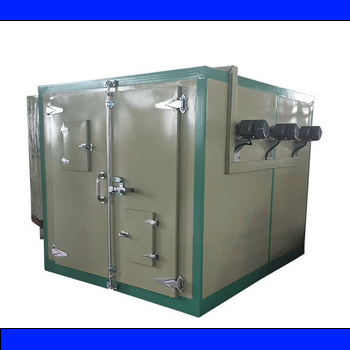
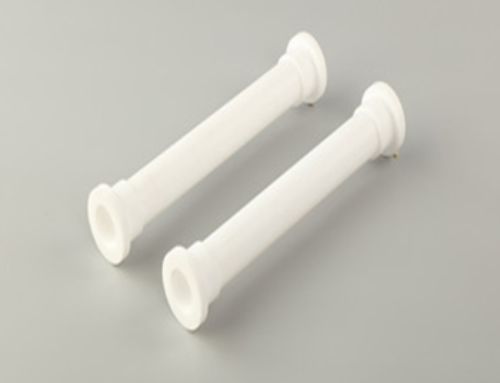
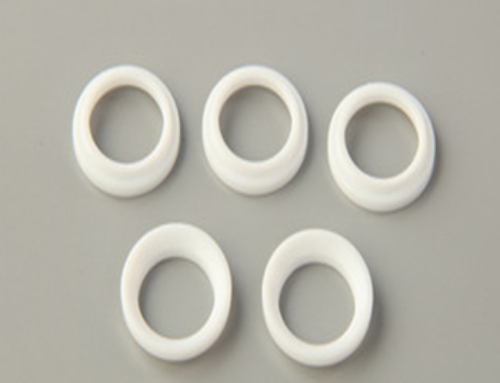
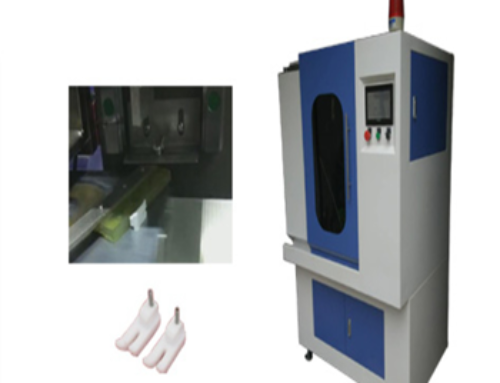
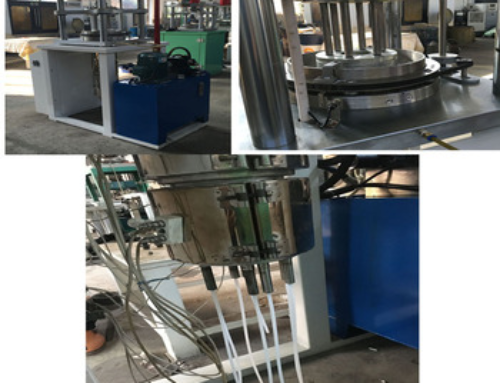
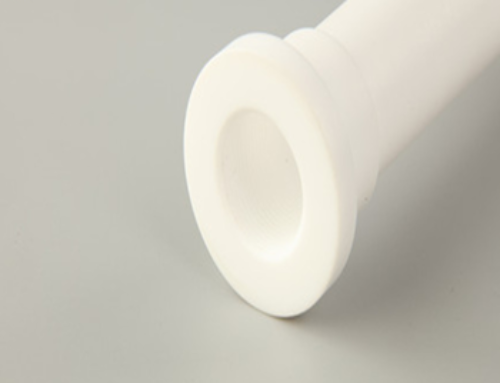

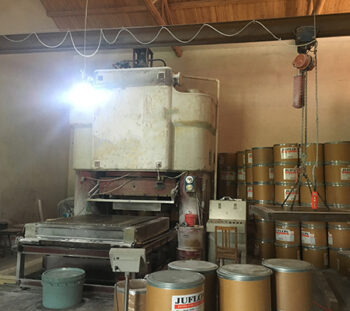
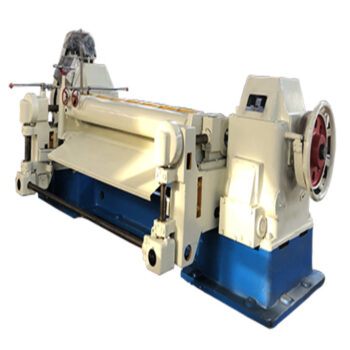
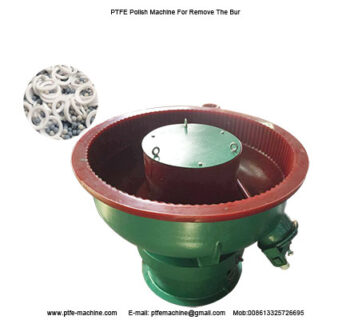
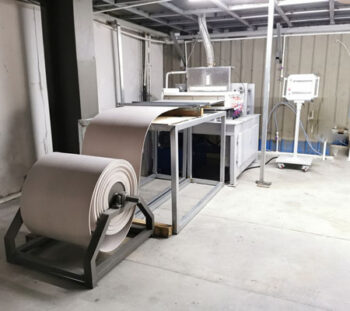
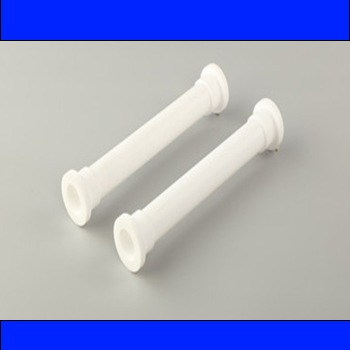

Leave A Comment
You must be logged in to post a comment.